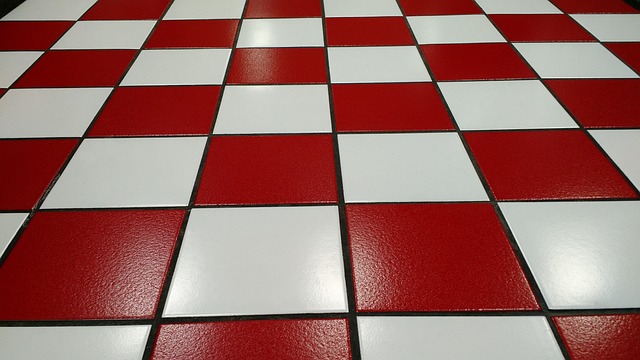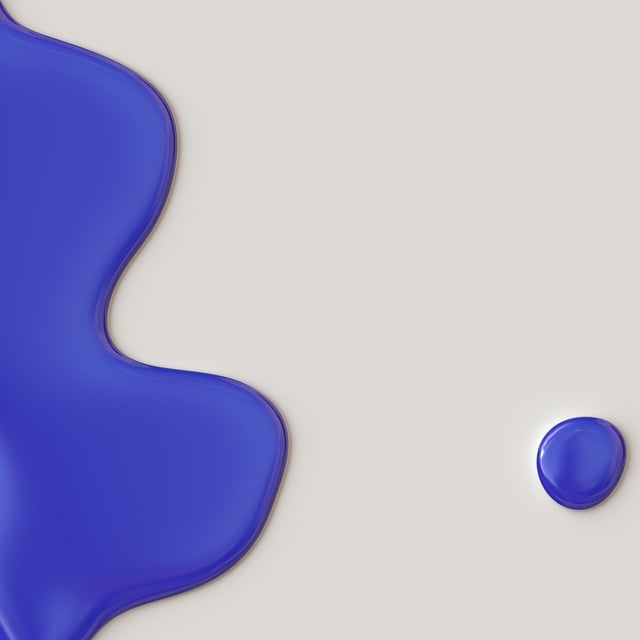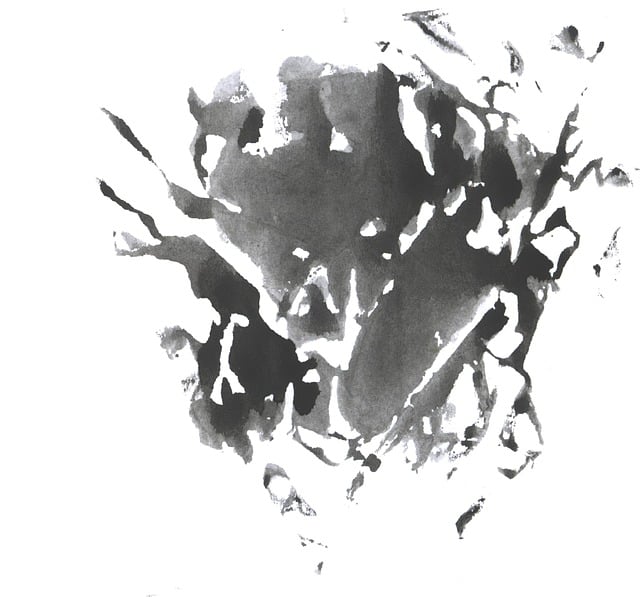Homeowners often face grout stain removal challenges in high-traffic areas like kitchens and bathrooms due to spills, dirt, mold, mildew, and improper sealing. Liquid seepage, mold/mildew growth, and poor cleaning/sealing practices contribute to discoloration. Proper preparation includes sweeping, identifying stain types, and testing cleaning solutions on inconspicuous areas. Effective removal involves gentle scrubbing, rinsing, and specialized products like commercial grout cleaners or baking soda pastes for tougher stains. Safety precautions, regular cleaning, and sealing grout lines enhance maintenance and prevent future stains. While DIY methods can offer some success, professional services often deliver superior results using advanced equipment and eco-friendly agents.
Grout stain removal is a common challenge faced by homeowners and property managers alike. Understanding the causes of grout stains, selecting the right cleaning products, and mastering pre-cleaning preparation techniques are key steps in effective grout stain removal. This guide delves into detailed, step-by-step processes, offers strategies for dealing with stubborn stains, outlines safety measures, and provides insights into preventing future buildup. Additionally, it compares professional services to DIY cleaning, empowering you to make informed decisions for achieving a pristine grout line.
Understanding Grout Stain Causes

Grout stain removal can be a common concern for many homeowners due to the high-traffic areas where grout is used, such as kitchens and bathrooms. Understanding the causes behind grout stains is the first step in effective stain removal. Grout can become discolored or stained by various factors, including spills, dirt, mold, mildew, and even improper sealing during installation.
One of the primary reasons for grout stains is the seepage of liquids like coffee, tea, wine, or grease into the tiny gaps between tiles and grout lines. These substances contain pigments that can penetrate the grout, leading to unsightly discoloration over time. Additionally, mold and mildew often thrive in dark, damp spaces within grout, causing it to appear yellowed or discolored. Regular cleaning and proper sealing techniques are essential to prevent such stains from forming and to maintain the aesthetic appeal of your tiled surfaces.
Choosing the Right Cleaning Products

When it comes to tackling grout stain removal, selecting the appropriate cleaning products is a pivotal first step. Not all cleaners are created equal, and using the wrong ones could worsen the stain or damage the grout itself. Look for products specifically designed for grout stain removal, as these will often contain mild acids or enzymes that effectively break down and remove stubborn stains without harming the grout material.
Always check product labels and follow instructions carefully. Some cleaners may require a pre-soak or a specific application method to achieve optimal results. Additionally, consider factors like the type of grout (ceramic, porcelain, etc.) and the severity of the stain when choosing your cleaning agents for the best chance at successful grout stain removal.
Pre-Cleaning Preparation Techniques

Before diving into grout stain removal, proper preparation is key. Start by sweeping or vacuuming the floor to eliminate loose debris and dust. This step prevents particles from becoming trapped during cleaning, ensuring better results. Next, identify the specific type of grout stain you’re dealing with—be it from mold, mildew, dirt, or oil—as this will guide your chosen cleaning methods.
For effective grout stain removal, prepare a solution tailored to the stain’s nature. A mixture of warm water and mild detergent is often sufficient for general stains. For tougher cases, consider using natural cleaners like baking soda or vinegar. Always test any cleaning solution in an inconspicuous area first to ensure it won’t damage the grout or floor finish.
Effective Grout Stain Removal Steps

Removing grout stains requires a systematic approach for optimal results. Start by identifying the type of stain and gathering the necessary tools, such as cleaning solutions, brushes, or steam cleaners suitable for tile and grout. Pre-treat the stained areas with an appropriate cleaner to loosen debris and grime. This step is crucial in preventing further penetration of stains into the grout lines.
Next, gently scrub the affected grout using a brush or steam cleaner, ensuring you don’t damage the surrounding tiles. Rinse thoroughly after cleaning to eliminate any residual chemicals. For tougher stains, consider using specialized grout stain removers or natural solutions like baking soda and vinegar. Always test cleaning agents in an inconspicuous area first to ensure they won’t cause discoloration or damage.
Dealing with Stubborn Stains

When it comes to grout stain removal, some marks just refuse to let go. This could be due to age, type of stain, or even the porosity of your grout material. In such cases, a multi-step approach is often required. Start by gently scrubbing the affected area with a soft-bristled brush and a gentle detergent solution. For tougher stains, consider using a commercial grout cleaner designed to dissolve and lift away debris and discolourations.
After initial cleaning, rinse thoroughly. If the stain persists, apply a paste made from baking soda and water, let it sit for several hours, then scrub again. For particularly stubborn cases, professional grout stain removal services may be your best option. These experts have access to advanced tools and chemicals that can tackle even the most ingrained marks, leaving your grout looking as good as new.
Safety Measures and Protective Gear

When tackling grout stain removal, safety should be your top priority. Grout and the chemicals used for cleaning can be harsh and potentially harmful if not handled properly. Always wear protective gear, including gloves, eye protection, and a mask to shield yourself from direct contact with chemical solutions and airborne particles. These measures are essential to prevent skin irritation, respiratory issues, or any adverse health effects associated with exposure to cleaning agents.
Ensure your work area is well-ventilated to minimize the risk of inhalation of vapors and fumes. Proper ventilation allows for a safer environment during the grout stain removal process, especially when using strong cleaning compounds. Remember, taking these precautions will not only protect your health but also ensure the effectiveness of your grout stain removal efforts.
Preventing Future Stain Buildup

After successfully removing grout stains, preventing future buildup is essential for maintaining a fresh and clean look. Regular cleaning is key; use a mixture of warm water and a mild detergent to wipe down grout areas weekly. This simple step can catch potential stains early on.
Additionally, sealing the grout with a high-quality sealer after deep cleaning can create a protective barrier. Sealing prevents dyes from penetrating the grout lines, making it easier to clean and reducing the chance of future stain removal challenges. It’s a worthwhile investment that adds to the longevity of your grout stain removal efforts.
Professional Services vs DIY Cleaning

Many homeowners attempt to tackle grout stain removal on their own, using DIY solutions they find online or at home goods stores. While these methods can offer some success, professional grout stain cleaning services often yield superior results. Professionals have access to advanced equipment and eco-friendly, powerful cleaning agents that are safe for both your grout and surrounding tiles. They also possess the expertise to identify and target specific types of stains, from mold and mildew to coffee or ink.
Enlisting the help of a professional not only ensures deeper cleaning but also saves you time and effort. Instead of scrambling for supplies and scrubbing on your hands and knees, a skilled technician will efficiently complete the job, leaving your grout looking like new. This is especially beneficial for busy individuals or those who lack the necessary tools or cleaning expertise.
